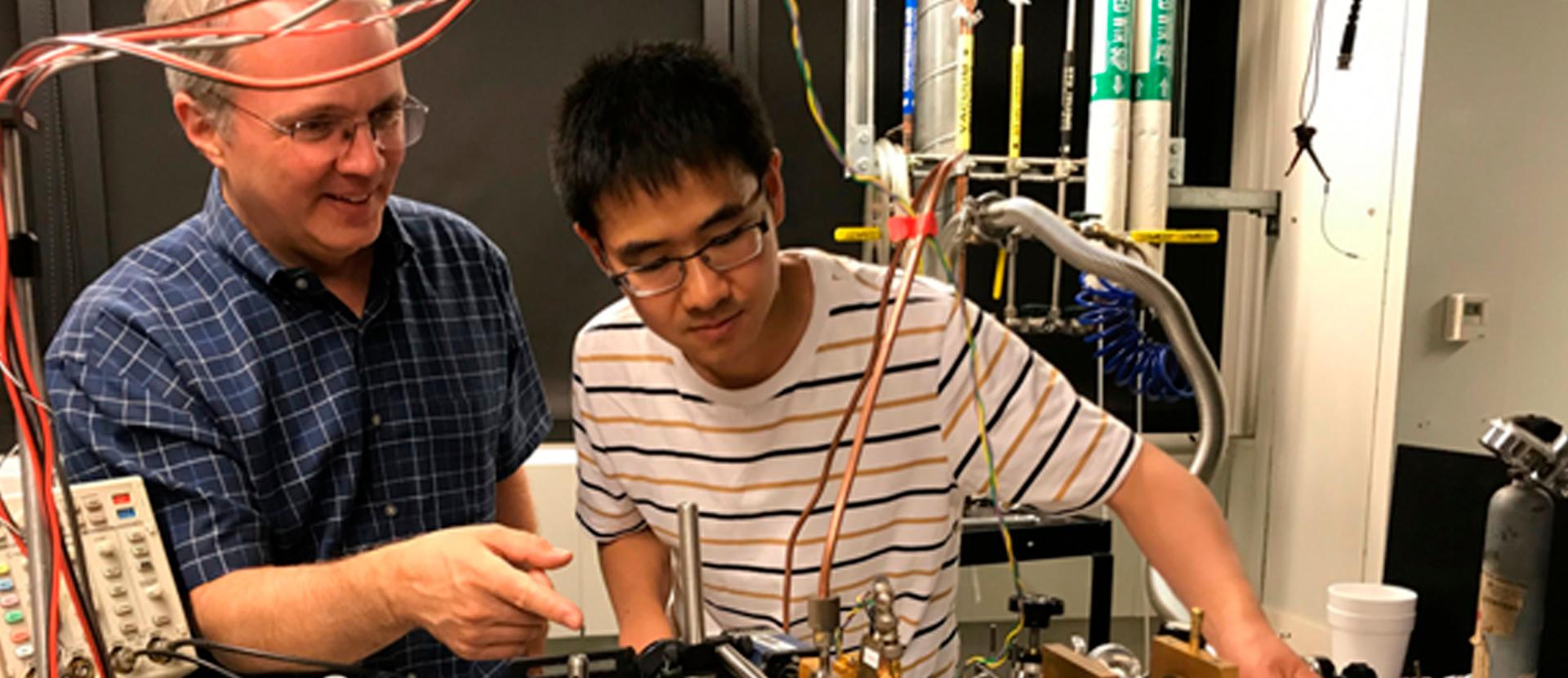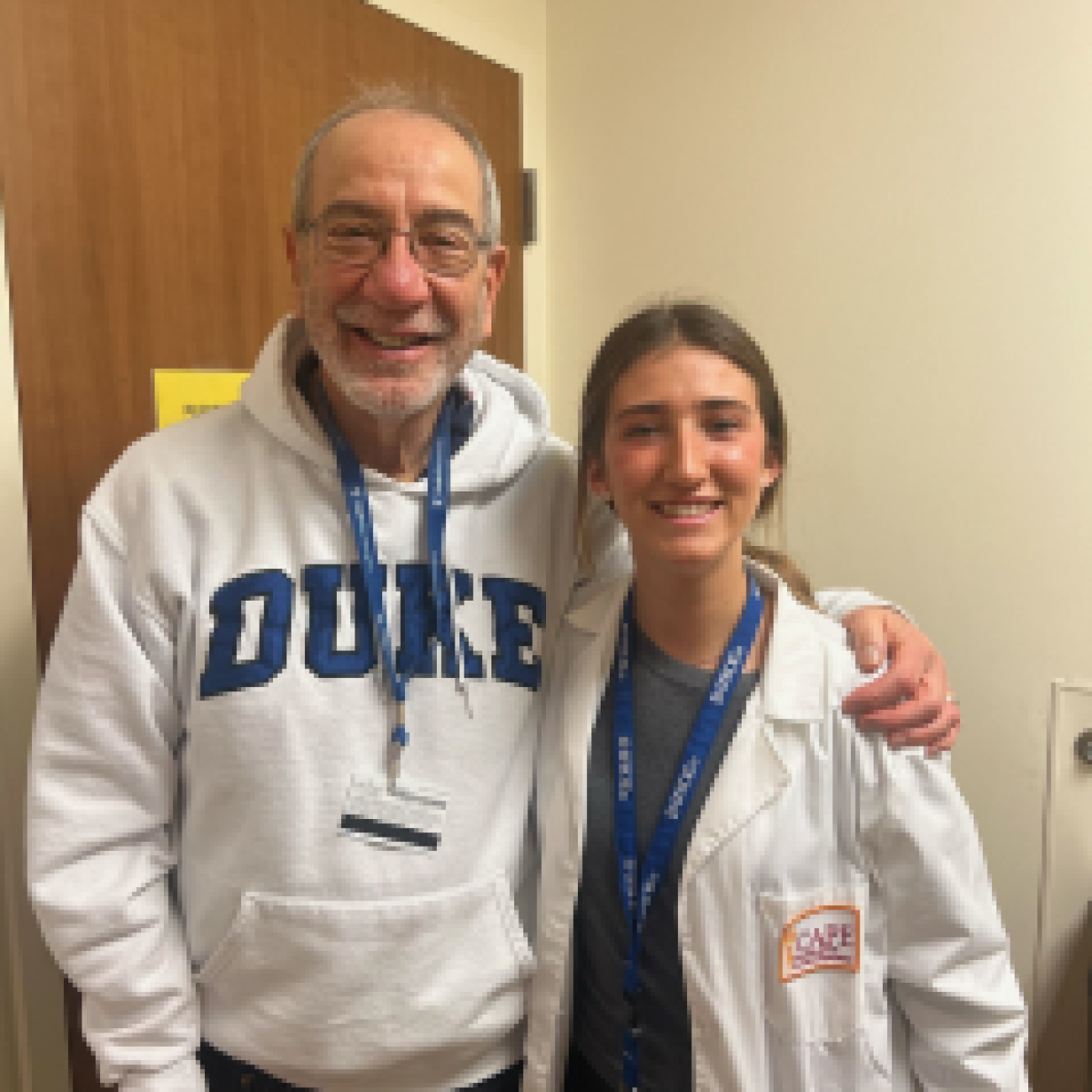How an Undergraduate Project from the Early 1980s Is Helping Revolutionize Lasers Today
At the same time that Mike Krzyzewski was starting his Duke career, a freshman named Henry Everitt stepped foot on campus for the first time.
Forty years later, as Coach K was getting ready for his retirement tour, Everitt’s undergrad research project in the Physics department has become a key piece in an apparatus promising to revolutionize the way we collect and transmit information.
No bigger than a shoebox, this ground-breaking device is a widely tunable terahertz laser, with applications ranging from medicine to national security. At the center of it lies a crude-looking copper pipe. Everitt invented that pipe for his undergraduate research project.
“My whole career has been bookended by a piece of copper,” said Everitt. “I’m mighty proud of it.”
At the same time that Mike Krzyzewski was starting his Duke career, a freshman named Henry Everitt stepped foot on campus for the first time.
Forty years later, as Coach K was getting ready for his retirement tour, Everitt’s undergrad research project in the Physics department has become a key piece in an apparatus promising to revolutionize the way we collect and transmit information.
No bigger than a shoebox, this ground-breaking device is a widely tunable terahertz laser, with applications ranging from medicine to national security. At the center of it lies a crude-looking copper pipe. Everitt invented that pipe for his undergraduate research project.
“My whole career has been bookended by a piece of copper,” said Everitt. “I’m mighty proud of it.”












